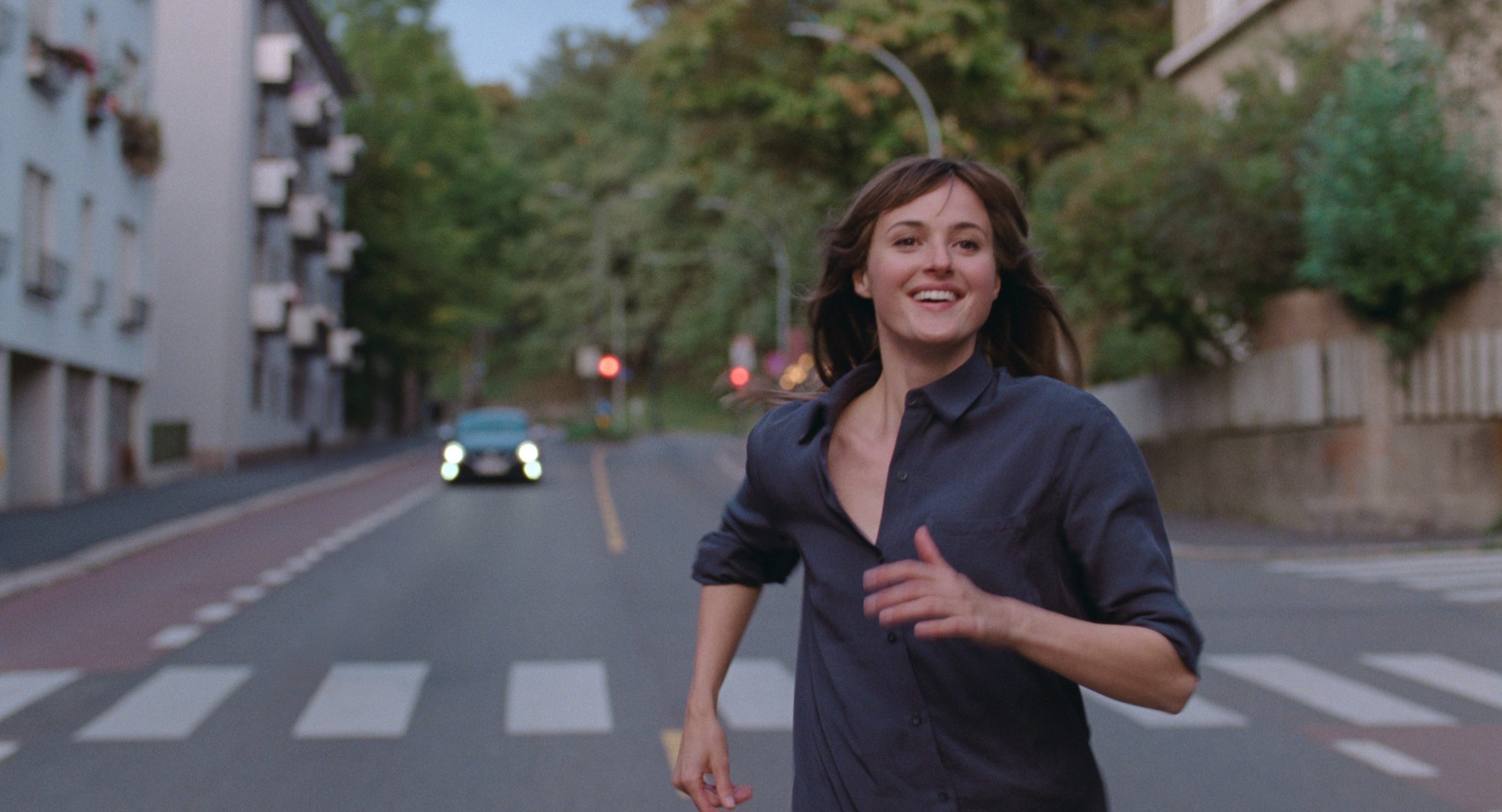
The Worst Person in the World realistically portrays the human experience and is a film that will stand as a modern classic, writes Film Critic James Evenden
A haunting yet vibrant story, The Worst Person in the World is a rare film that manages to embed itself so deeply into its audience whilst remaining so painfully human in its portrayal of life and love. Director Joachim Trier has made a film that is the truest to the human experience that I have seen in recent memory. Carried by three marvellous central performances, especially from its lead character Julie (Renate Reinsve), sensitive direction and an ingenious structure, The Worst Person in the World is a special piece of cinema that will stand as a modern classic in its coming-of-age genre.
“It is a film that almost resists definition, much like life itself
The Worst Person in the World is a Norwegian comedy-drama that follows four years in Julie’s life in Oslo as she navigates life and tries to find meaning in her contemporary existence. Its story deftly captures that intermediate period in your life that I feel I am entering now, when you are trying to find yourself and what you want all whilst experiencing the intoxication of love for the first time. It is a film that almost resists definition, much like life itself. Structured in twelve chapters with an introduction and epilogue, the story unfolds wonderfully. The structure creates time pressure on the film, which really works. It risks feeling redundant, but for The Worst Person in the World, makes it the best aspect of the film.
The structure would not feel as investing without good performances. Luckily, the three central characters, Julie, her boyfriend Aksel (Anders Danielsen Lie), and Eivind (Herbert Nordrum) are three of the most human characters I can remember. It is the kind of acting that never feels like a performance. They feel alive on the screen in an understated way, and they never overact to draw attention to themselves. It works wonderfully for the grounded story. Reinsve is captivating. I never doubted her for a moment on screen, and really related to her experiences even though she could not be farther from me. That is the sign of amazing acting. Danielsen Lie also needs recognition. He is given his moment to shine in the latter half and does so with graceful depth. His chemistry with Reinsve is a highlight, and his performance is beautiful in The Worst Person in the World.
“The joy felt in certain moments is all the more profound when contrasted against the sad moments
The actors are helped by an excellent screenplay that manages to balance tones of melancholy and black humour. It gives you just the right amount of backstory for Julie in the introduction section and follows the classic rule of show do not tell in depicting the relationship of Julie and Aksel. It is off-kilter when it needs to be, and has the perfect amount of ambiguity when exploring Julie’s psyche. You understand her character so implicitly, and the screenplay does a lot of work towards this. The joy felt in certain moments is all the more profound when contrasted against the sad moments, and the screenplay finds this balance near perfectly.

I did not find this balance in all of the directional choices in The Worst Person in the World. For the most part, Trier wisely lets the direction fade into the background and puts the performances at the forefront. He finds less success with the more inventive sequences. One specific scene in which all the characters except Julie and Eivind freeze in time and Julie runs around Oslo is a great use of visual storytelling, and it was a standout sequence because it felt so visceral in its simplicity. Yet one scene that sticks out to me as a poor use of visual storytelling is a drug trip scene that leans too heavily on obvious metaphors and feels out of place. It overstays its welcome and leaves you wanting the trip to end as much as the characters do. I commend Trier’s ambitiousness, but on the rare occasions he lets the direction take over, he finds more mixed results.
Given how beautiful The Worst Person in the World looks, a few weak directional choices are easy to forgive. Cinematographer Kasper Tuxen captures Oslo in the contemporary urban streets but shows its hidden beauty in certain places. The calm colour palate complements the story, and the limited screen time given to Oslo is a testament to how alive it feels in The Worst Person in the World.
Verdict:
These days I find it difficult to be genuinely moved by films, especially new releases. The Worst Person in the World is the rare film that left me speechless as the credits rolled. Trier has crafted a film that shows the indefinable nature of life, and how we experience its different stages. Exploring timely themes of motherhood, sex, and authorship over our own stories, The Worst Person in the World makes it very easy to overlook its few shortcomings. It feels special to me. After watching it, I know it will be my benchmark for realistic portrayals of life and death, and I think it will be a long time before I see another film that will surpass it.
Rating: 10/10
The Worst Person in the World is out now in cinemas, and available on MUBI from 13th May
Looking for your next film to watch? Have a read of these articles from Redbrick Film:
Comments